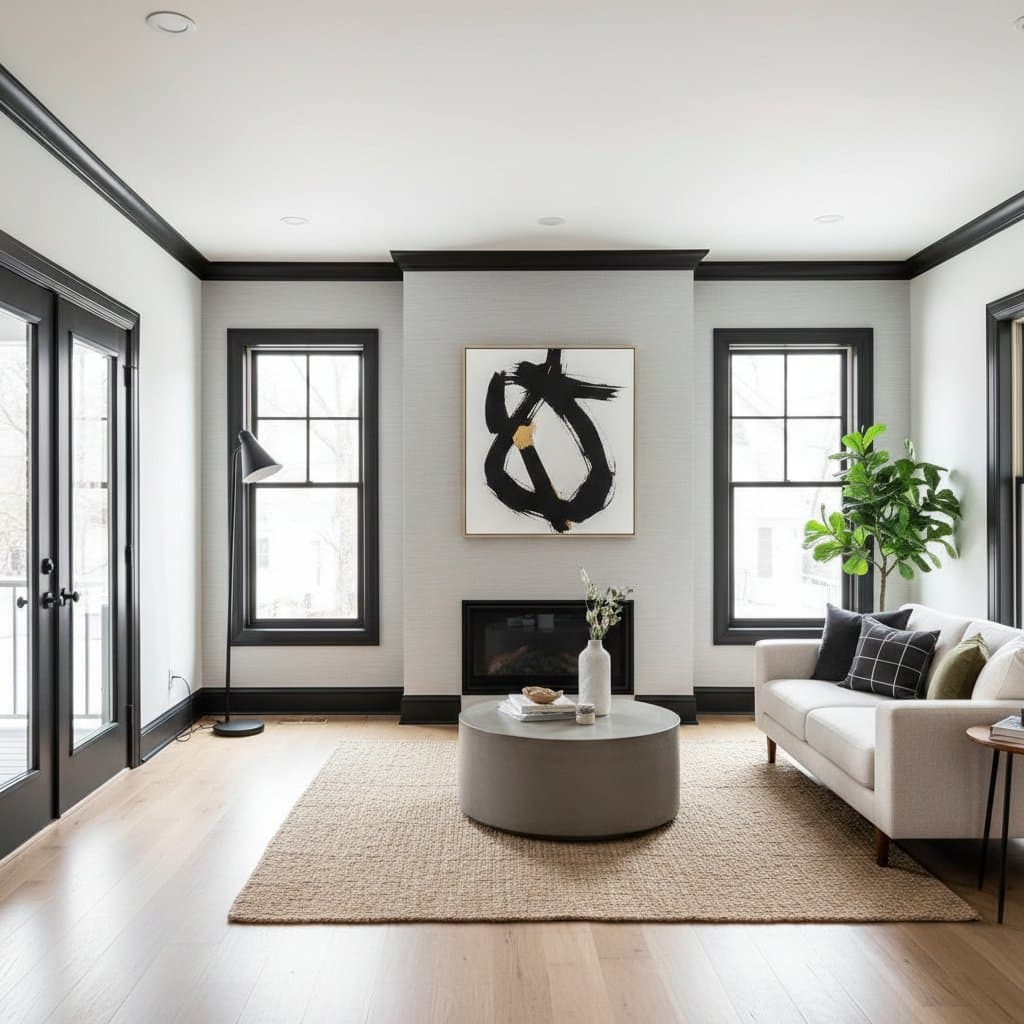Understanding Venetian Plaster Costs in 2025: A Comprehensive Guide
Venetian plaster continues to gain popularity in 2025 as homeowners pursue sophisticated wall finishes that blend historical charm with modern appeal. This technique delivers a velvety, stone-like surface through layers of lime-based material applied by skilled artisans. Projects often total between $7,000 and $9,000, prompting questions about whether the expense aligns with the enduring benefits. This guide examines pricing details, influencing variables, and practical considerations to inform your decision-making process.
Breaking Down Venetian Plaster Expenses
Expect to pay $10 to $25 per square foot for Venetian plaster installation, resulting in $7,000 to $9,000 for a typical medium-sized room. These rates account for the labor-intensive process, which involves multiple applications and meticulous finishing. Factors such as project scale and material selection directly impact the final figure, distinguishing this option from simpler wall treatments.
Pricing by Project Scale
- Small room (150 square feet): $1,500 to $3,000, suitable for powder rooms or accents.
- Medium room (300 square feet): $3,000 to $6,000, common for living areas.
- Large room (500 square feet): $5,000 to $10,000, ideal for open-concept spaces.
Per-Square-Foot Cost Components
The $10 to $25 per square foot range breaks down as follows:
- Materials: $4 to $8, covering high-quality lime plaster or alternatives.
- Labor: $6 to $12, reflecting artisan expertise in troweling and burnishing.
- Surface preparation: $2 to $5, including priming and repairs.
- Final polishing: $3 to $6, ensuring a seamless, reflective surface.
These estimates assume professional execution with genuine lime plaster, which outperforms imitation products in authenticity and performance.
Key Variables Influencing Venetian Plaster Pricing
Pricing varies based on several elements, each tied to the craft's precision requirements. Homeowners who grasp these can negotiate better terms or adjust plans accordingly.
Material Selection
Authentic lime-based plaster exceeds acrylic versions in cost due to its natural composition and superior breathability. Lime options foster a stone-mimicking patina over time, enhancing durability, whereas synthetics offer affordability at the expense of longevity.
Surface Preparation Needs
Existing walls require assessment for cracks, unevenness, or residue. Professional remediation through patching and sanding can add $1 to $3 per square foot, as imperfect bases compromise the final result.
Technique and Layering
Basic applications use two to three coats, while intricate designs demand four or more, each requiring drying and refinement. This escalation in time directly elevates labor charges.
Desired Finish Quality
Subtle matte effects cost less than high-gloss varieties, which involve extensive burnishing for a marble-esque luster. The choice of sheen influences both aesthetic outcome and budget allocation.
Location-Based Labor Differences
Urban centers or regions short on specialized craftsmen charge premiums, often 20 to 30 percent above national averages, due to travel and scarcity.
Finish-Specific Cost Comparisons| Finish Type| Entry-Level Range | Mid-Tier Range | High-End Range | Notable Features|
|----------------------|-------------------|----------------|----------------|-----------------------------------|
| Matte Lime Plaster| $8 - $12| $12 - $18| $18 - $22| Subdued elegance with natural depth|
| Polished Venetian| $12 - $16| $16 - $22| $22 - $28| Reflective, stone-like polish|
| Textured Marmorino| $10 - $14| $14 - $20| $20 - $25| Tactile variation for visual interest|
| Synthetic Blends| $6 - $10| $10 - $14| $14 - $18| Quick application, modern mimicry |Lime plasters justify higher rates through their resistance to wear and authentic appeal, making them a preferred choice for lasting installations.
Assessing Long-Term Value and Returns
Beyond initial outlay, Venetian plaster provides benefits that extend its worth. Properly installed surfaces withstand daily use for 20 to 50 years, far outlasting paint.
The material's antimicrobial properties deter mold growth, minimizing cleaning efforts. Its natural formulation supports healthier indoor environments by regulating humidity.
Properties featuring this finish frequently command premium resale prices, as buyers appreciate the upscale, custom character it imparts.
Practical Ways to Control Expenses
Strategic choices allow access to Venetian plaster's advantages at reduced rates. Focus on targeted implementation to maximize impact.
Target Specific Surfaces
Concentrate efforts on focal points like dining room walls or hallways. This approach cuts costs by 40 to 60 percent compared to full-room coverage.
Handle Basic Prep In-House
If skilled in minor repairs, clean and prime walls prior to contractor arrival. Such steps can shave $500 to $1,000 from the bill.
Select Balanced Finishes
Mid-range options like satin sheens deliver refinement without the premium for ultra-polished effects.
Time Projects Wisely
Book during winter or early spring, when contractors face lighter schedules and may offer discounts of 10 to 15 percent.
Building a Realistic Project Budget
Calculate base expenses by measuring wall square footage and applying the per-square-foot rate. Factor in 10 to 15 percent extra for surprises like hidden repairs.
For expansive undertakings, prioritize high-traffic zones first to realize benefits incrementally. Weigh the plaster's extended service life against frequent paint refreshes, which could save thousands over a decade.
Common Questions on Venetian Plaster Investments
What does Venetian plaster typically cost for contemporary residences?
Rates fall between $10 and $25 per square foot, translating to $7,000 to $9,000 for standard projects. Variations stem from dimensions, preparation demands, and selected finishes.
Which elements most significantly affect pricing?
Choices in materials, extent of surface work, and layering complexity lead the influences. Genuine lime and elaborate techniques necessitate greater investment in time and expertise.
In what ways can expenses be lowered while preserving standards?
Restrict coverage to prominent walls, perform initial prep tasks, and choose versatile finishes. Off-peak timing further optimizes contractor fees.
Is professional installation essential, or can DIY suffice?
The process demands precision tools and practice for uniform results. Professionals ensure flawless execution, particularly for larger areas, outweighing potential savings from self-application.
How should one account for potential overruns?
Build in a 10 to 15 percent reserve for unforeseen issues such as structural fixes. Early inspections prevent cost escalations during execution.
When does initiating a project yield the best savings?
Slower seasons provide scheduling flexibility and reduced rates. Steer clear of summer peaks to avoid inflated demands on artisan availability.



